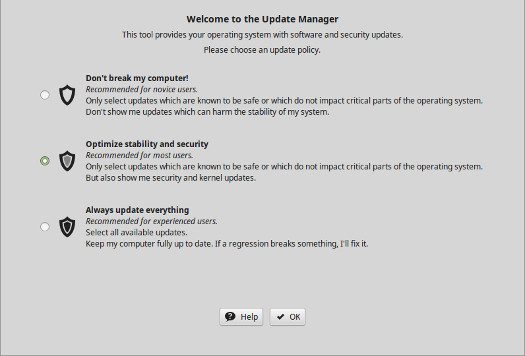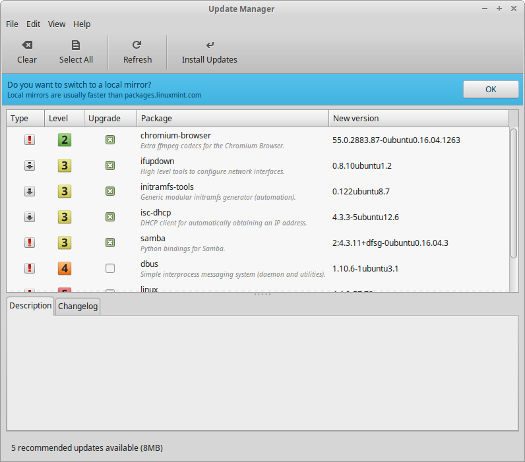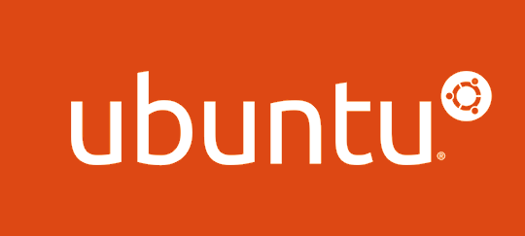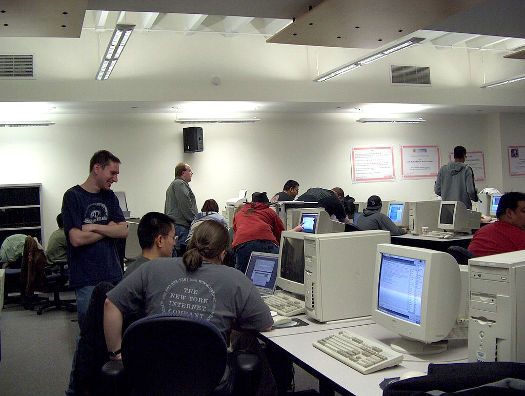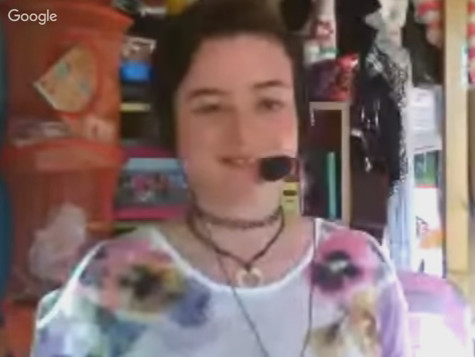Based on this video, it appears as if this Chromebook from Samsung would be a great machine with GNU/Linux installed on it.
The Viewing Room

When watching this video, imagine how nice this Chromebook would be with a full Linux install.
For the past 10 years, Phil has been working at a public library in the Washington D.C.-area, helping youth and adults use the 28 public Linux stations the library offers seven days a week. He also writes for MAKE magazine, Opensource.com and TechSoup Libraries. Suggest videos by contacting Phil on Twitter or at pshapiro@his.com.



